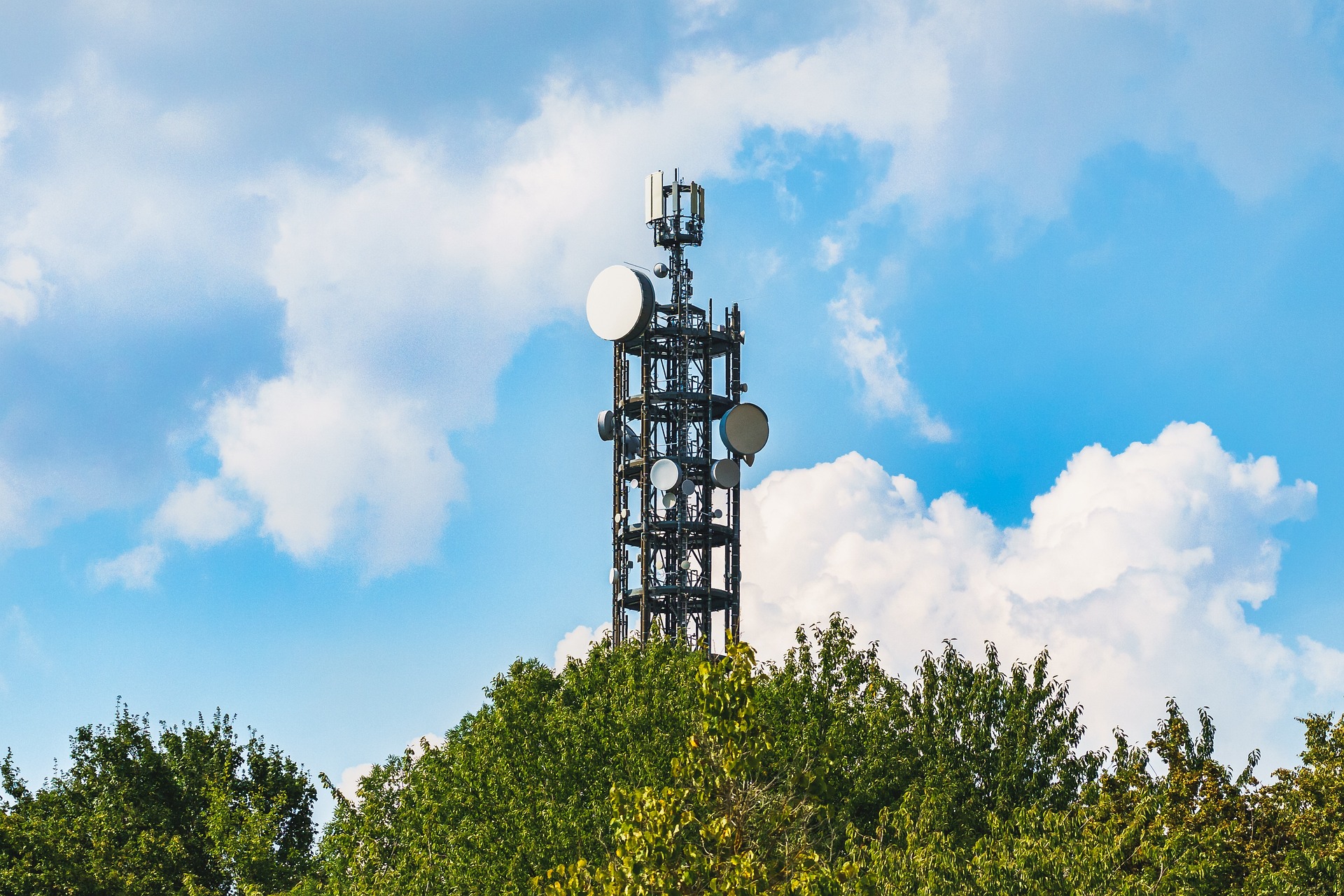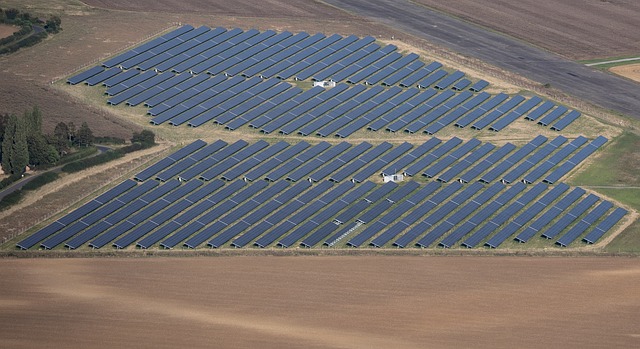Decoding the Complexities of Internet Protocol Television
The world of telecommunications is a rapidly evolving arena, bringing forth unique technologies that are transforming the way we consume content. One such revolutionary technology is Internet Protocol Television (IPTV), an innovative system that offers a new way of viewing and controlling media. This article delves into the intricate world of IPTV, tracing its evolution, understanding its current trends, and assessing its future implications.

The Genesis of IPTV
Internet Protocol Television, or IPTV, represents a paradigm shift in the broadcasting industry. This technology uses Internet Protocol (IP) networks to deliver television services, instead of traditional terrestrial, satellite, and cable television formats. IPTV’s inception traces back to the early 2000s when the convergence of the internet and television opened up new possibilities for content delivery. It offered an alternative platform to traditional broadcasting methods, paving the way for a more interactive, customizable, and user-friendly viewing experience.
The Present Scenario: IPTV Trends
IPTV has been gaining significant momentum in recent years. As of 2020, the global IPTV market was valued at USD 40.85 billion, projected to reach USD 104.25 billion by 2025. This growth is fueled by factors such as increased demand for video-on-demand (VOD) services, growing internet penetration, and the trend towards personalized content. IPTV’s ability to offer a unique, tailored viewing experience is proving to be a game-changer in the broadcasting landscape.
IPTV’s Influence on Telecommunications
IPTV’s impact on the telecommunications industry is twofold. On one hand, it presents opportunities for telecom companies to diversify their service offerings and tap into new revenue streams. On the other hand, it poses challenges in terms of infrastructure development and meeting the high bandwidth requirements for seamless video streaming. However, despite these challenges, IPTV is being touted as the future of broadcasting, set to revolutionize the way consumers interact with media.
The Challenges and Opportunities of IPTV
Adopting IPTV comes with its own set of challenges. These include the need for a robust network infrastructure, ensuring content security, and managing the complexities of content delivery across diverse platforms. Despite these hurdles, IPTV holds immense potential. It offers a platform for targeted advertising, enables multi-device compatibility, and provides users with greater control over their viewing experience. As such, the opportunities presented by IPTV far outweigh the challenges.
Looking Ahead: The Future of IPTV
As we look to the future, IPTV is poised to play a crucial role in shaping the broadcasting landscape. Developments like the integration of artificial intelligence and machine learning are set to enhance personalization and interactivity, offering viewers a truly immersive television experience. Furthermore, the emergence of 4K and 8K resolution is expected to drive the demand for IPTV services, given their ability to deliver high-quality content.
In conclusion, IPTV represents a significant shift in the broadcasting paradigm, offering a more interactive and personalized viewing experience. While it poses certain challenges, the opportunities it presents are immense, making it a key player in the future of telecommunications. As the technology continues to evolve and mature, it will be interesting to observe its trajectory and the impact it will have on the way we consume media.




